Prevent a dour mood with a solutions oriented perspective on ski skin failures: two easy methods to keep you on the skintrack.
Failure is part of the life journey. No real platitudes here, but failures are relative. In the backcountry, skin failure is a relatively manageable type of failure. It can ruin your day in the short term — without properly functioning skins, it’s downright difficult to make efficient uphill progress.
What is Skin Failure
Well, it’s a bummer. Beyond that, it’s when the skin glue becomes ineffective in the field. Skin failure often occurs on cold days when powdery snow works its way between the skin and the ski base while ascending. Over time, the powdery snow morphs into a thin layer of ice on the glue surface. Where that thin layer of ice persists, the skin glue won’t effectively adhere to the ski base. If the ice layer is lengthy enough, or, say, near the tip or tail, you might have yourself a case of skin failure.
The purpose of this piece is to compartmentalize skin failure into a manageable scenario, not a disaster scenario.
Emerging Skin Failure
On cold powdery snow days, it might help your skin failure cause to warm the skins up occasionally by placing them near your core. Take a scenario where you are lapping runs and ice buildups on the skin glue. Every other run after ripping skins, place those nicely folded skins between your fleece mid-layer and outer jacket or puffy. Doing so warms the skin, and hopefully, the ice layer melts.
Before reapplying the warmed skins, wipe any noticeable water from the glue, let the skins cool a moment or two to reach air temperature, and then reapply.

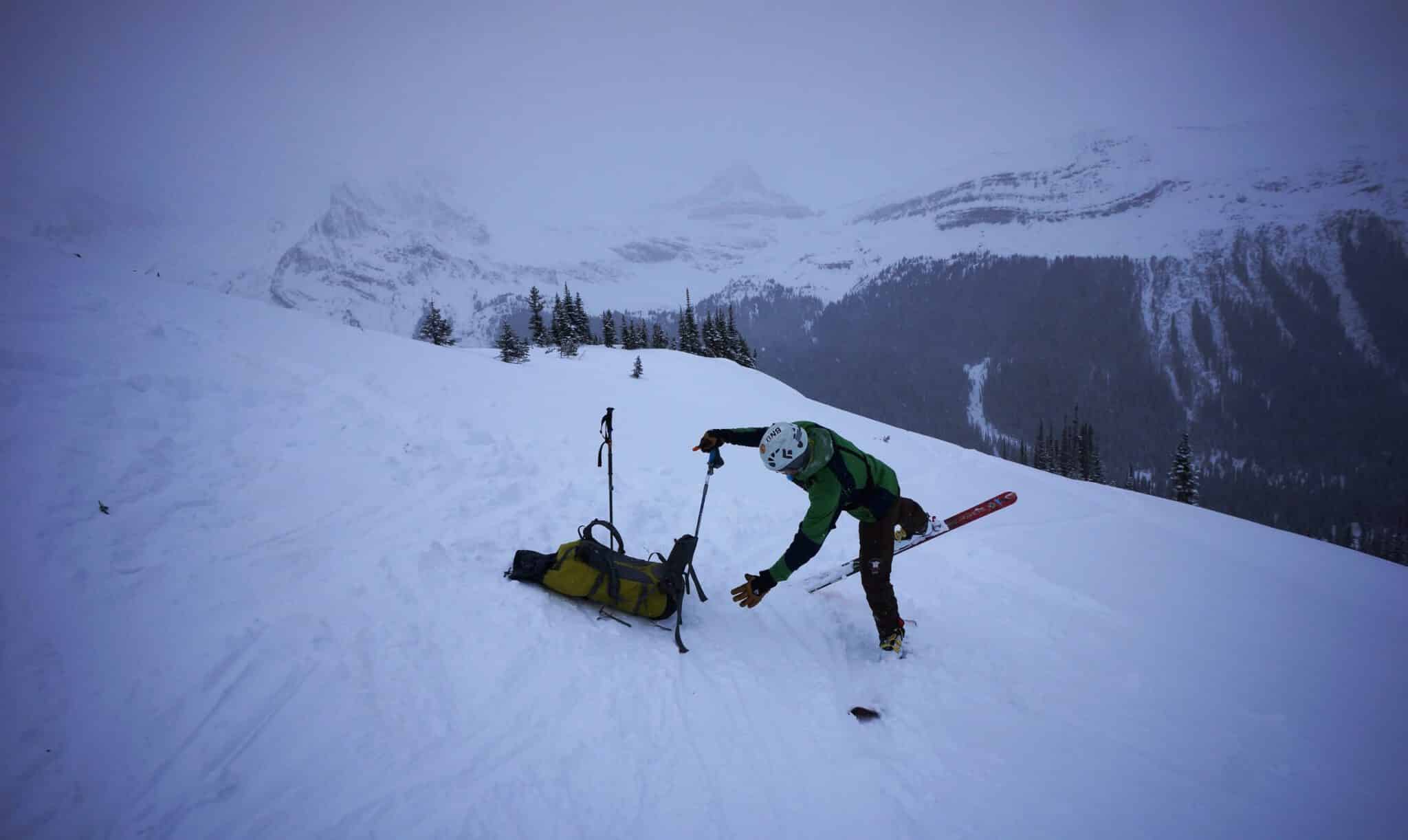
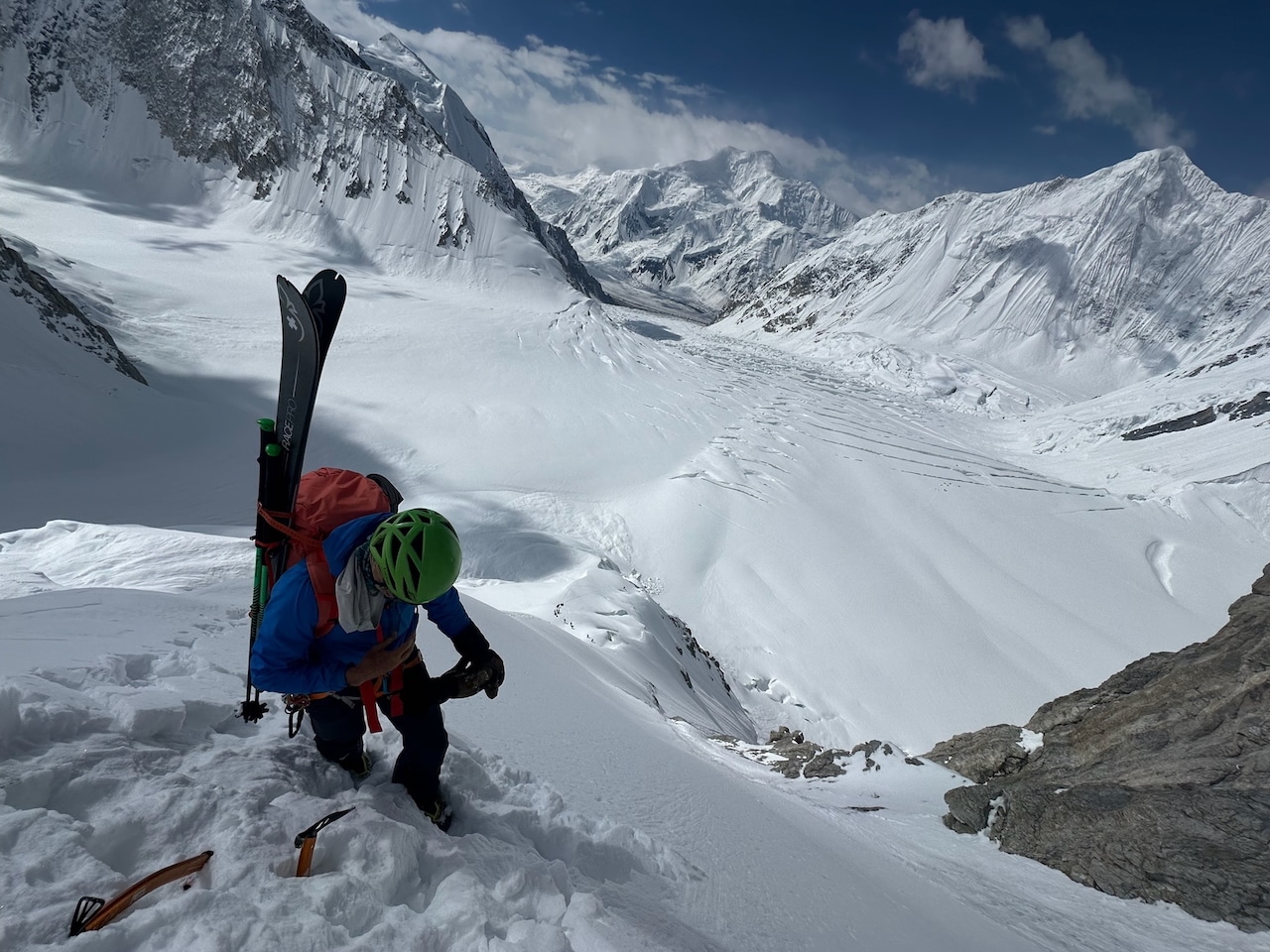
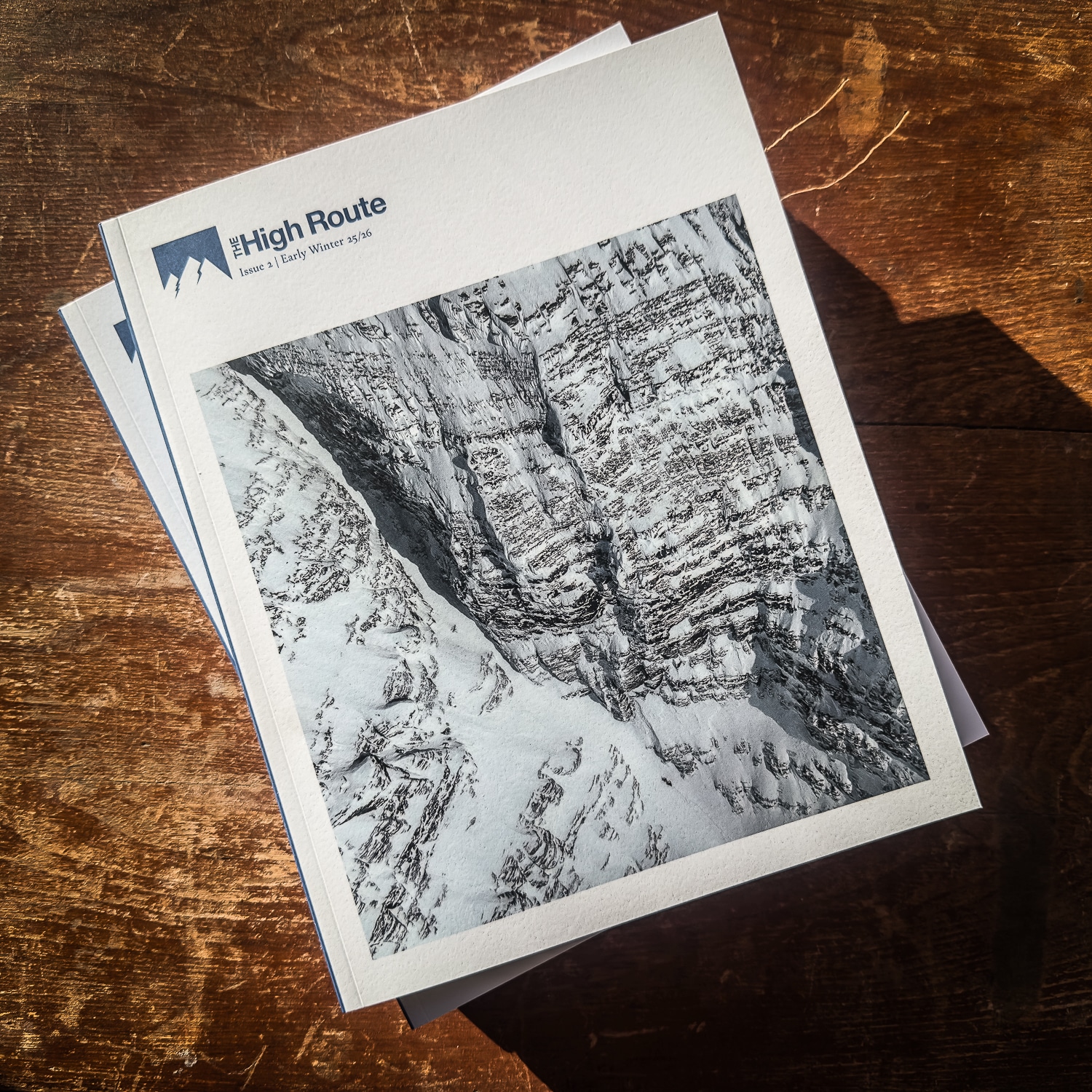
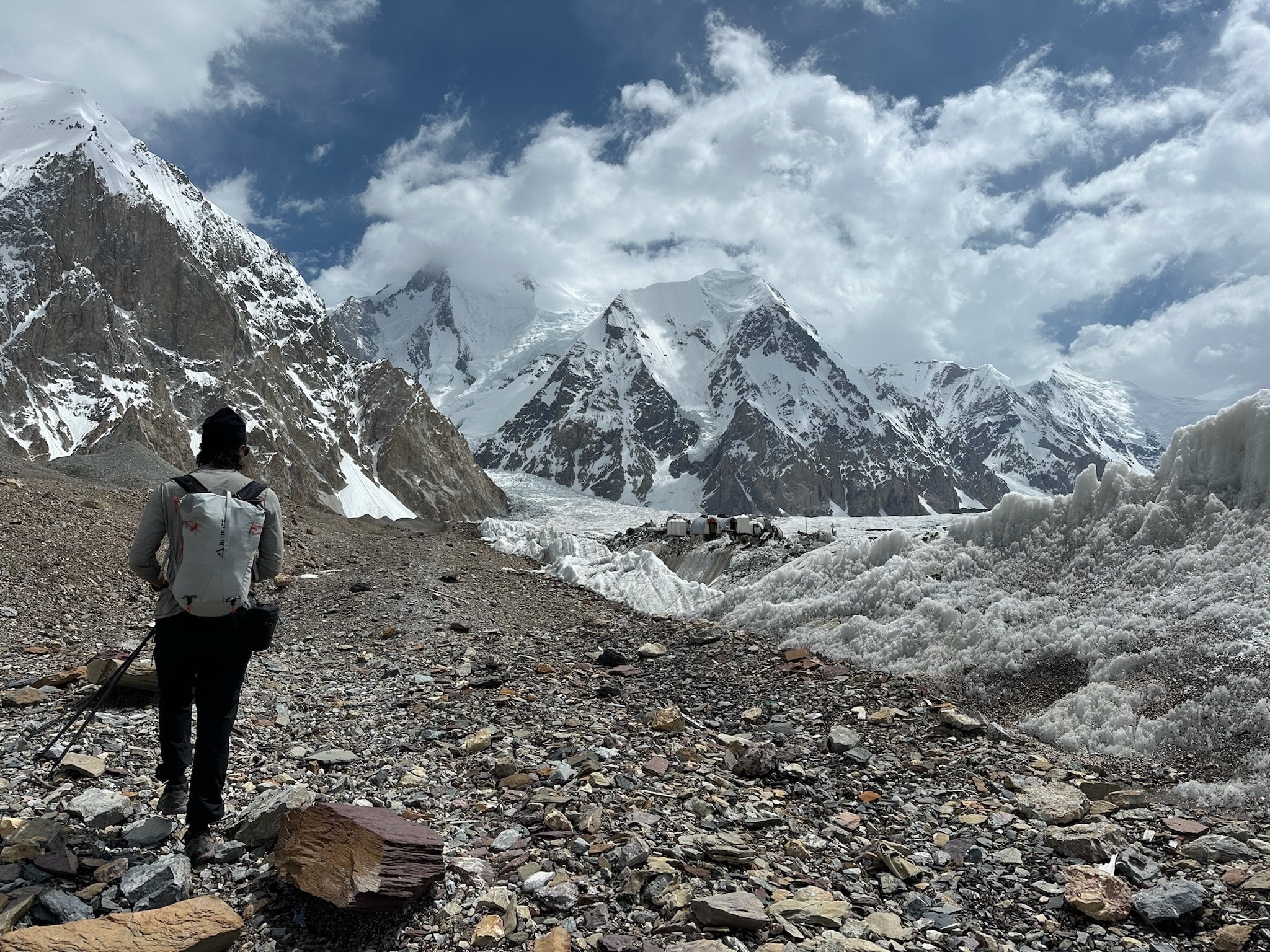
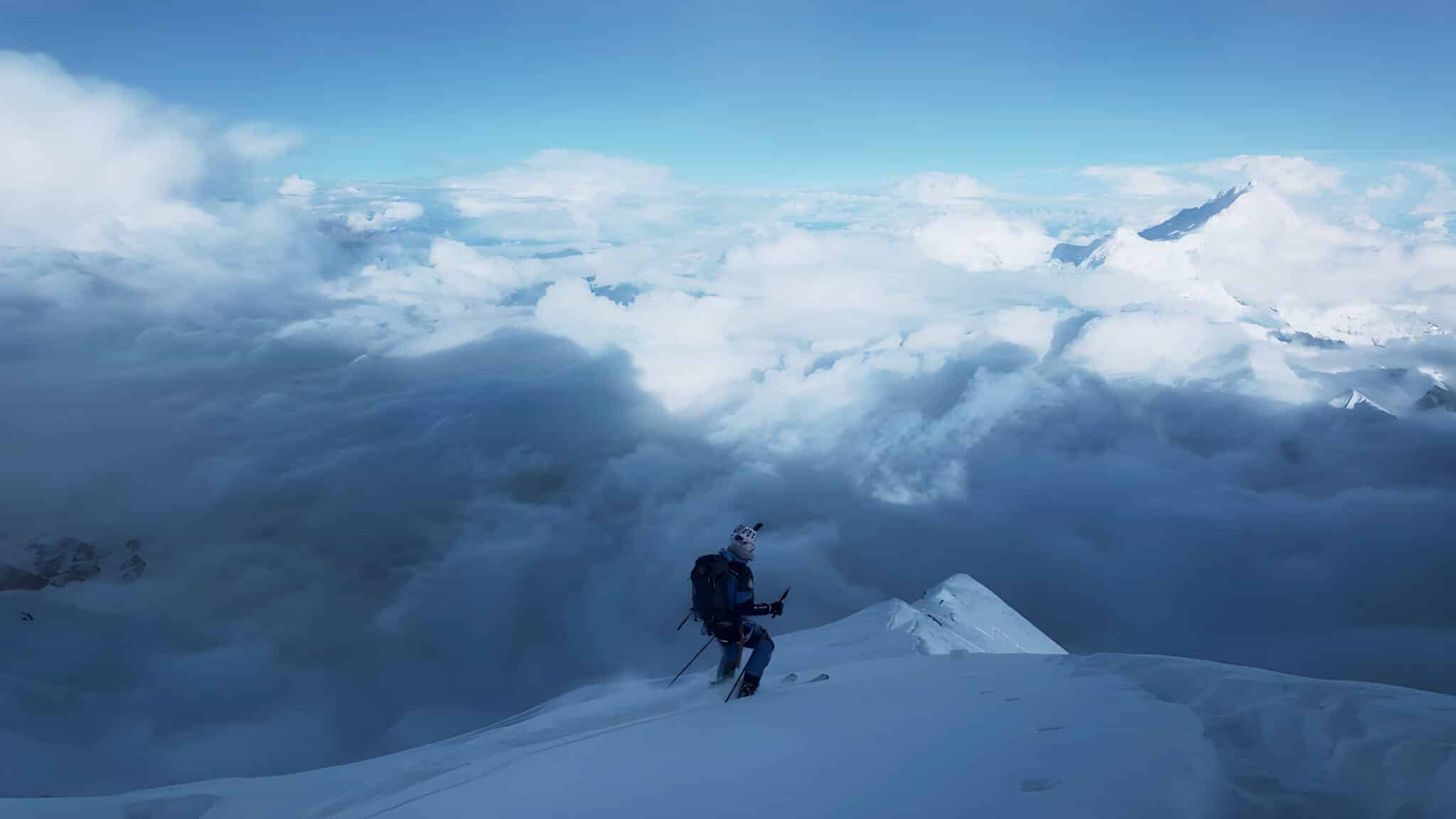
Leave a Reply
You must be logged in to post a comment.